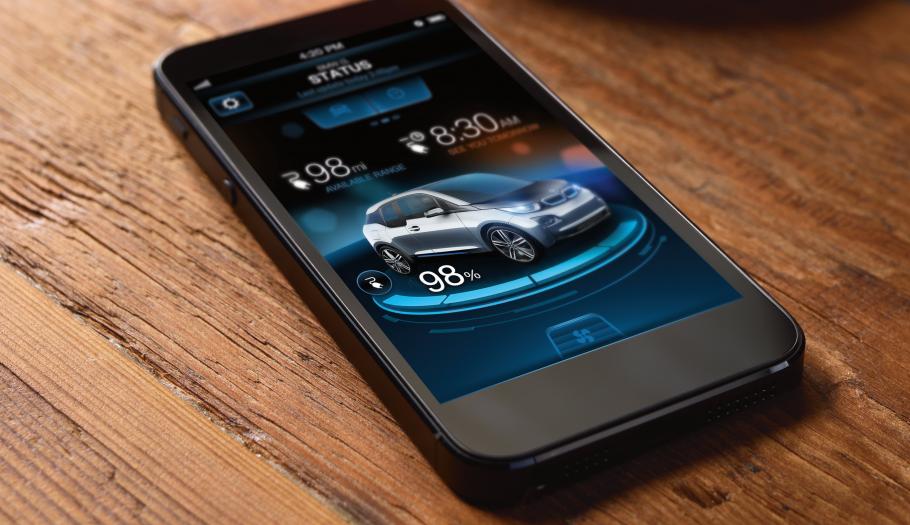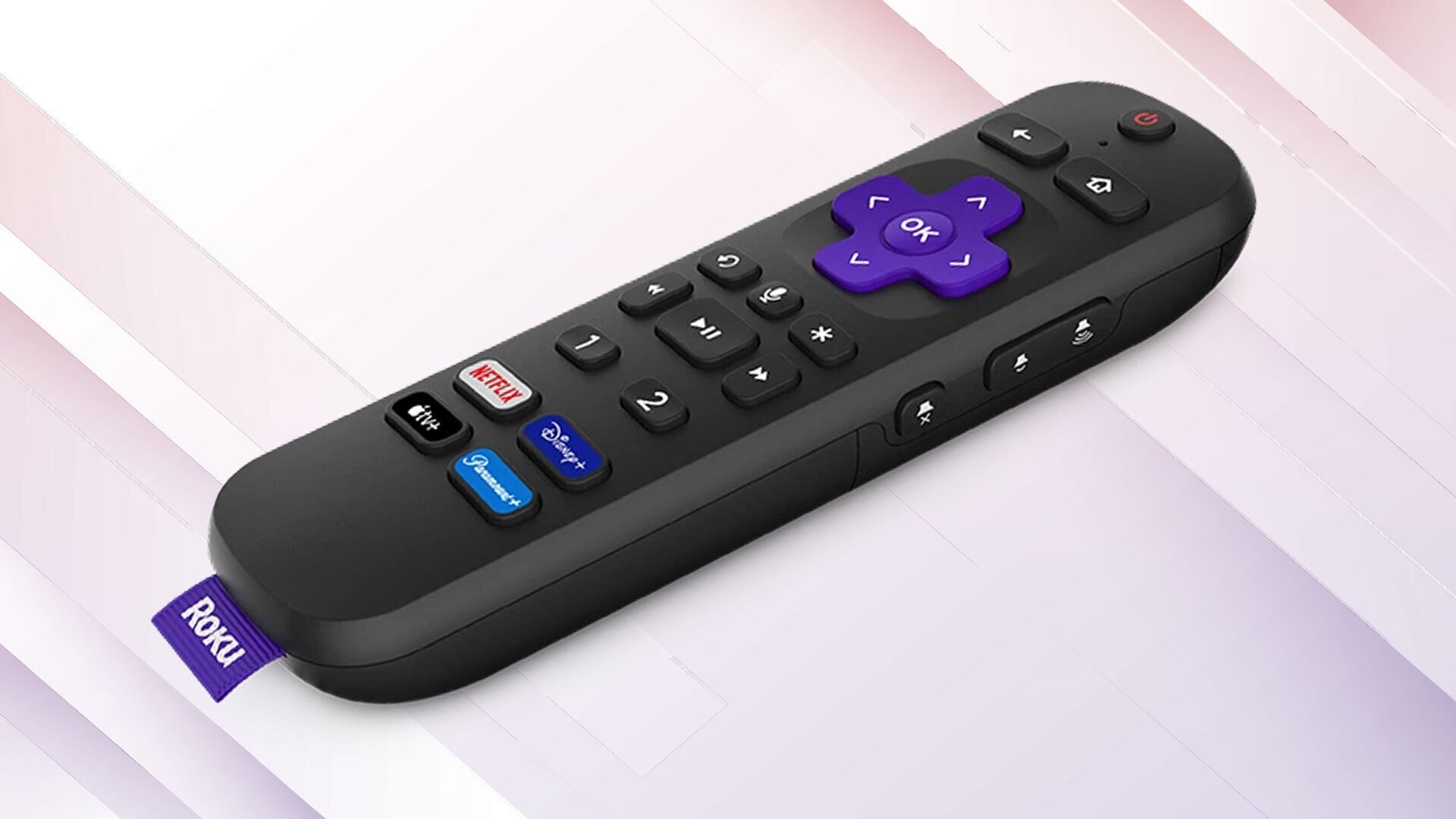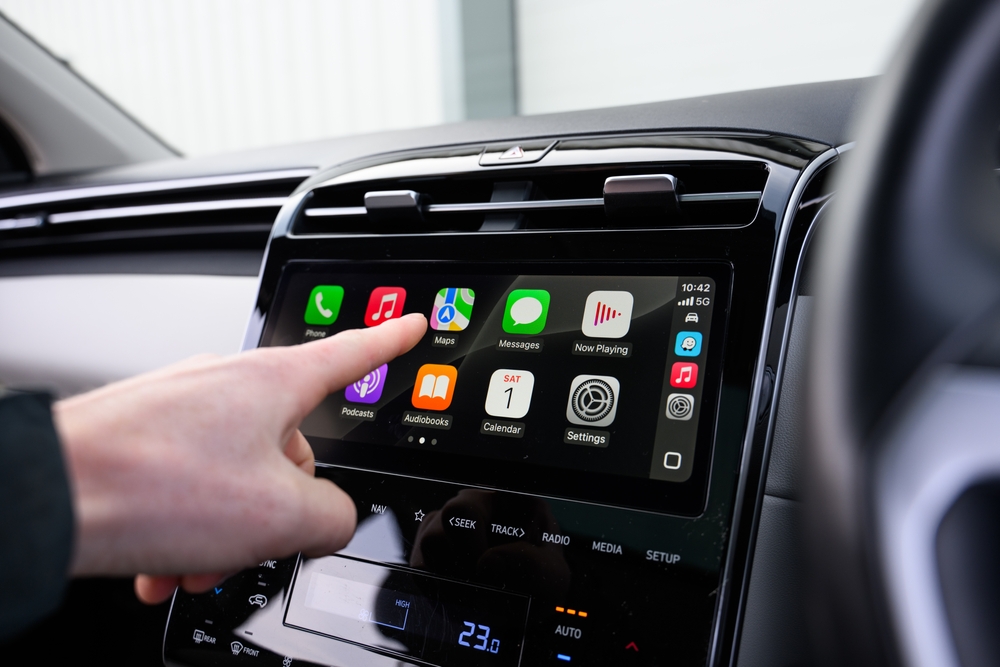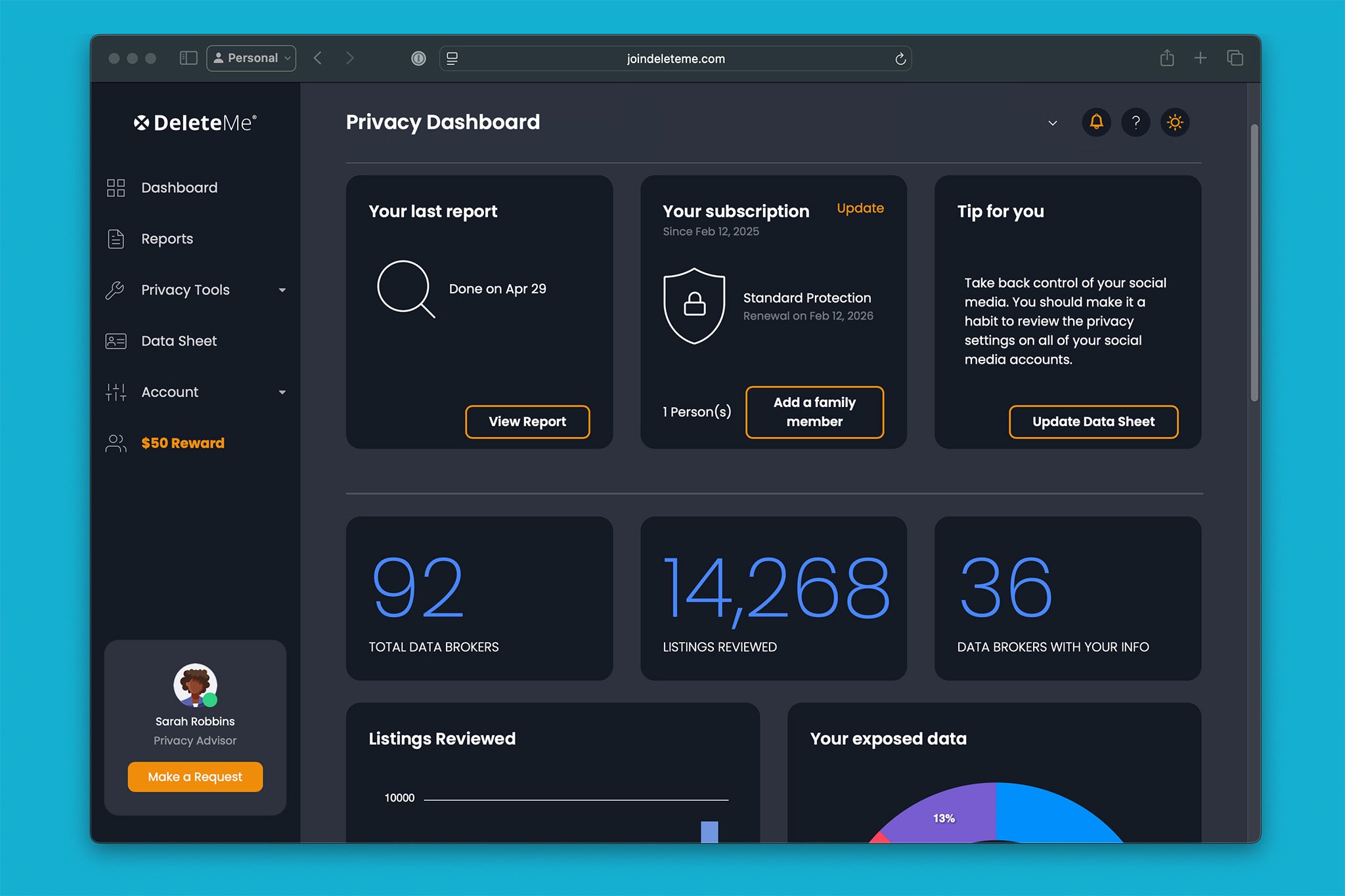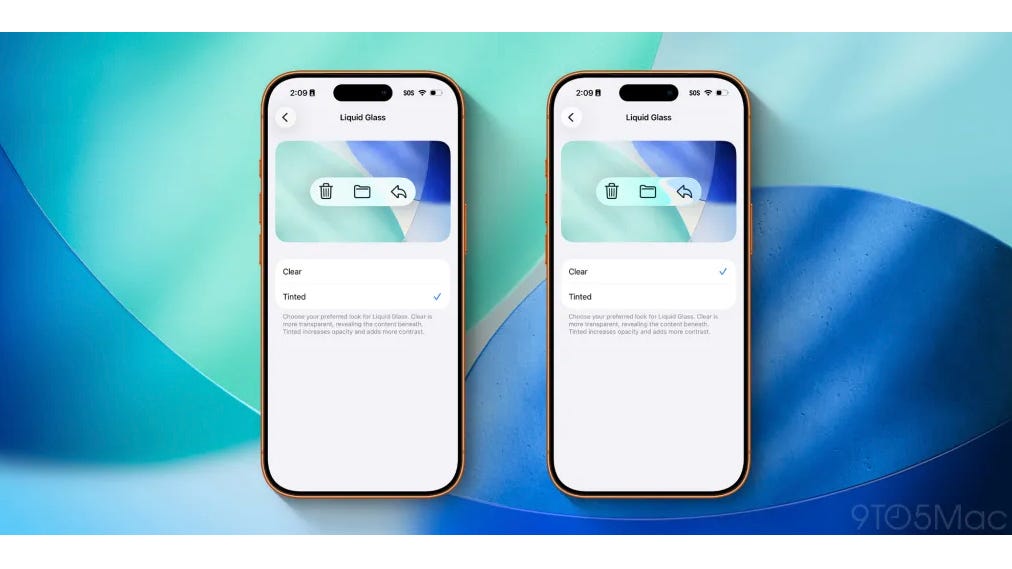ESR Unveils Innovative Qi 2.2 3-in-1 Charging Station Providing Almost Wired Charging Speeds for MagSafe Users
### Qi 2.2: The Next Advancement in Wireless Charging
The launch of Qi 2.2 signifies a major enhancement in the realm of wireless charging, especially for Apple gadgets employing MagSafe technology. Featuring upgrades like quicker charging rates, better heat regulation, and more powerful magnets, Qi 2.2 elevates the wireless charging experience to near that of wired charging. ESR has positioned itself as a frontrunner in this field, demonstrating their cutting-edge 3-in-1 charging station that fully exploits the capabilities of Qi 2.2.
#### Key Attributes of Qi 2.2
Qi 2.2 boasts an impressive 25-watt wireless charging potential, marking a considerable rise from the previous 15-watt MagSafe benchmark. This enhancement is particularly apparent in daily applications, especially for users of the iPhone 16 and 17 models operating iOS 26 and beyond. Users can anticipate charging their devices from zero to roughly 60% in approximately 30 minutes, competing with many conventional wired chargers.
A notable feature of Qi 2.2 is its capacity to sustain elevated charging speeds while efficiently managing heat. The ESR charging station integrates a technology named CryoBoost, which actively cools the device during the charging process. Consequently, average temperature drops of 6.5 degrees, and in certain instances, over 10 degrees compared to traditional charging docks are achieved. This cooling feature guarantees that the phone stays comfortable to touch, even during prolonged charging periods.
#### Design and Functionality
The ESR 3-in-1 charging station is crafted with functionality in consideration. Its compact design makes it a perfect option for those with limited workspace or counter area. The robust magnets firmly secure the iPhone in position, accommodating both portrait and landscape orientations. This adaptability is particularly advantageous for users utilizing the StandBy feature, offering an optimal viewing angle for alerts and information.
Moreover, the charging station features a silent mode for the cooling fan, making it appropriate for bedroom use without interrupting sleep. Another handy aspect is the removable Apple Watch charger, which can be connected via a USB-C cable for easy portability, making it an excellent travel asset.
#### Conclusion
For individuals in search of a neat, effective, and future-ready charging solution, the ESR Qi 2.2 3-in-1 charging station is highly recommended. With its improved charging speeds, efficient heat management via CryoBoost, and the additional convenience of a detachable Apple Watch charger, it distinguishes itself as a premium option. The inclusion of a 50-watt charger in the package further amplifies its worth, ensuring users are prepared for the latest innovations. Whether upgrading your iPhone or simply seeking an effective charging option, this station is tailor-made to meet contemporary needs.
The ESR Qi 2.2 3-in-1 charging station is available for purchase on [Amazon](https://amzn.to/4pvIqmw) or directly from
Read More

